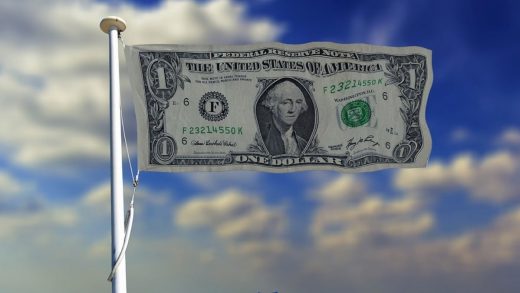
Investors are also classified as whales or shrimps depending on their holdings
The crypto sector that sparked off with the creation of Bitcoin in 2009 presently sits atop a valuation of over a trillion dollars. Several research reports and surveys have time and again said that most crypto investors are aged between 18 and 35, comprising of millennials and Gen-Z populations, which makes the digital assets sector shaded with gen-next linguistics. The crypto sector, for instance, has multiple categories to define different types of investors, based on their investment behaviours and patterns.
HODLer, No-coiner, Bagholder, and Bitcoin Maximalist are a few categories which define investors in terms of how they purchase, retain, and sell their position in the rather volatile market.
HODLer
The standalone crypto acronym HODL expands to — Hold On to Dear Life, a term that defines investors who purchase and keep their crypto assets with themselves, despite volatility affecting their trade values on an everyday basis.
HOLDers are known to believe in the long-term potential of holding cryptocurrencies.
The slang #HODL often emerges as a trending hashtag triggered by the #HODLer community on social networking platforms.
Bagholder
While some cryptocurrencies like Bitcoin and Ether lead the overall sentiment of the crypto chart, there are some altcoins which usually trade in minor losses that bring little or no change in their values.
When investors continue to hold on to their purchased assets despite them being riddled with losses, they fall under the category of Bagholder investors.
The name of this category comes from the “left holding the bag” eventuality of these investors, who could keep their cryptocurrencies with them even if these tokens are crash closing at zero.
Sometimes dormant crypto accounts with saved holdings may appear as bagholder accounts.
Other people who find themselves in this category are those who approach the market with an optimistic hope that the value of their holdings will bounce back and losses would eventually be recovered.
#binance vanity license plates seen in Facebook Marketplace in Australia for $20K .. Did this bro order these, or is he the ultimate bagholder? Still better value than an NFT :rolling_on_the_floor_laughing: pic.twitter.com/r2CRuJOF3h
— Sheida Rasooli (@RasooliSheida) June 9, 2023
The holders of LUNA, FTT, and SGB for instance, are still hoping that these coins will rise in value and are hence classified as bagholders.
Bitcoin Maximalist
Between 2009, when crypto came into existence with Bitcoin, and the present, CoinMarketCap identifies a total of 25,635 cryptocurrencies that exist.
For Bitcoin Maximalists, however, the reigning crown of the crypto kingdom, the BTC is the only worthy cryptocurrency out there.
Maximalists purchase, hold, and sell only Bitcoin, which is current trading at $26,416 (roughly Rs. 21 lakh), as per Gadgets 360’s crypto price tracker.
Notice how everyone and no one in BTC wants to claim the “Bitcoin maximalist” title these days?
That started with Ordinals.
The SEC actions have pushed it further along.
BTC no longer has any cultural center. Their narratives are shattering.
Imagine if the price tanked… https://t.co/AL9D729Vs2
— Matthew Zietzke (@MZietzke) June 8, 2023
El Salvador’s President Nayib Bukele, for instance, can be classified as a Bitcoin maximalist. Not only did he legalise BTC as a tender in the central American nation, but he is also working on developing a Bitcoin city that would be tax-free and a hotspot for crypto activities.
No-coiner
People who do not invest in cryptocurrencies are classified as no-coiners.
The global regulatory uncertainty around the crypto sector along with its high volatility nature are among other factors that restrict the investor community to experiment freely with the digital assets sector.
These people, who would otherwise invest in traditional stocks and mutual funds but not in cryptocurrencies, fall under the no-coiner category.
Apart from these, crypto whales, shrimps, diamond hands, and paper hands are other categories of investors.
While whales are known to own large supply portions of any cryptocurrency, shrimps are investors who trade on very lower scales.
The term ‘diamond hand’ refers to those crypto traders who choose to keep holding on to their crypto assets regardless of the ongoing market situation. Whereas, crypto investors who sell their holdings at the first sign of market turbulence are classified as paper handed traders.



